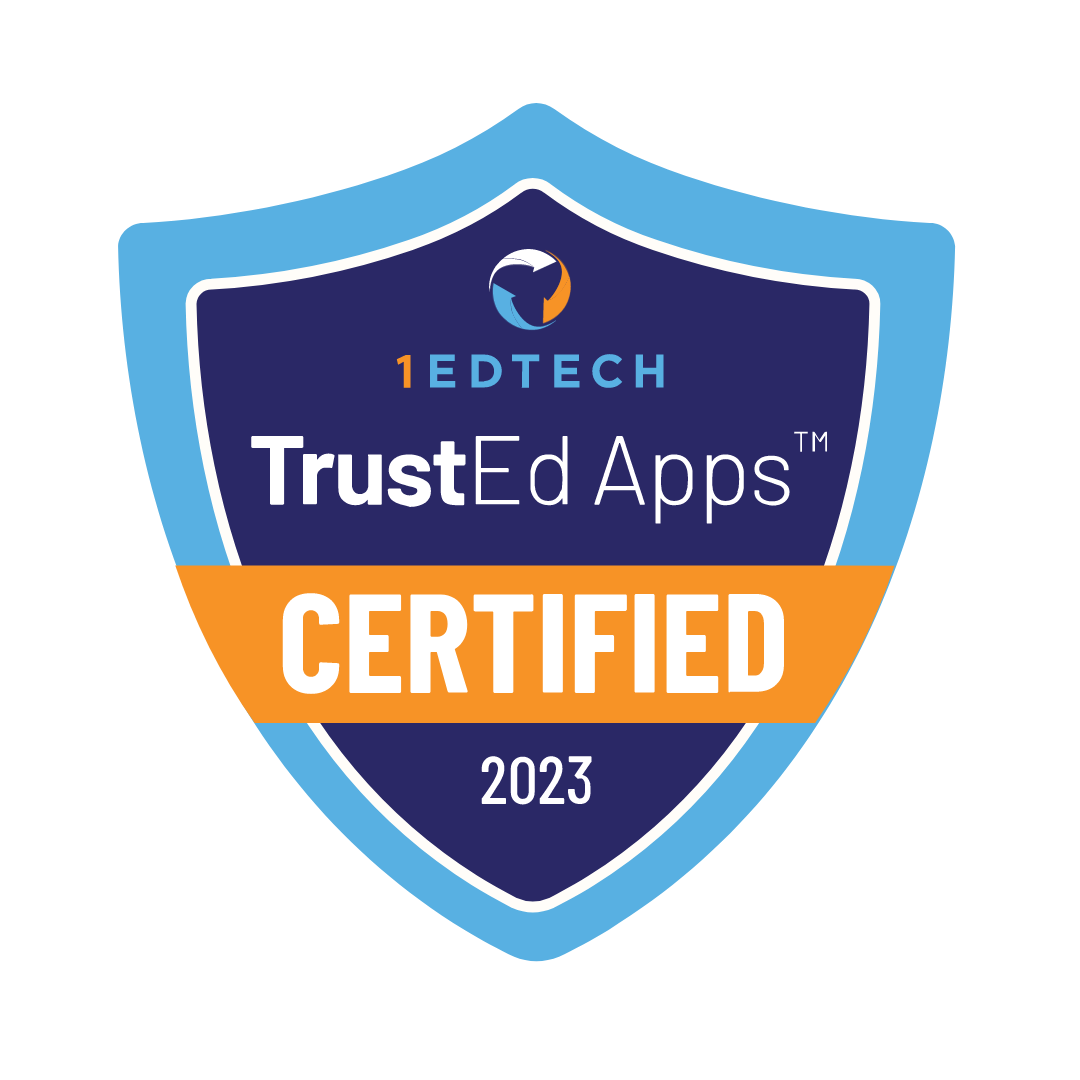Contents
The study “Exploring the Factors of Anxiety Affecting Students’ Academic Performance: A Study of Higher Education Institution of Larkana” involved 18 students from higher education institutions in Larkana. The study showed main anxiety factors include distraction, absent-mindedness, declining motivation, fatigue, feelings of loneliness, and panic attacks. These symptoms appear in students taking the General Educational Development (GED) exam.

GED is an alternative to obtaining a traditional high school diploma. Taking the GED isn’t easy. Proper test strategies help students navigate the exam successfully without unnecessary stress and other negative effects. Let’s explore why students choose the GED and which strategies help them succeed.
Why Take the GED?
Students have various reasons for choosing an alternative path to education. Here are the five most common reasons they make this choice:
- GED is an equivalent alternative to a high school diploma
- Obtaining a GED certificate is much faster than earning a traditional high school diploma
- The cost of the GED is lower compared to getting a traditional high school diploma
- Salaries for GED holders are higher than those for students with a traditional diploma
- The GED is recognized in many countries beyond the United States

Top 5 Strategies for Passing the GED
Taking the GED test isn’t easy. Let’s take a look at 5 strategies used by students who successfully earned their GED certificate.

Start Studying Today
The hardest task for students is getting started. Students who delay fall into procrastination. Procrastination leads to rushing to meet deadlines or missing them entirely. Successful students create a clear study plan and stick to it, without postponing tasks for tomorrow.
Monitor Your Understanding
Successful students analyze their progress and draw conclusions. These conclusions help them understand their weak areas and topics they haven’t fully mastered. Students, by identifying their weaknesses, know what to focus on and how to improve their knowledge. Students use programs such as Quizlet for flashcard-based review and Anki for spaced repetition.
Connect Personal Experiences
Students often find it difficult to remember material, especially if it doesn’t interest them. They approach such material from a different perspective and try to connect it with their personal experiences. This approach creates more motivation for learning and makes the material more understandable, as personal experience helps relate it to real-life situations.
Prioritize Information
Students need to learn a lot of information to successfully pass the GED. Time works against students. They prioritize information to make their learning more efficient. Students use various methods to prioritize information. The most popular methods include the Eisenhower Matrix, which helps distinguish between urgent and important tasks, and the Pareto Principle, where students focus on the 20% of topics bringing 80% of the results.
Summarize in Simple Words
One of the best strategies for students’ success is summarizing material in their own words. Students learn a small portion of the material and try to explain it in simple terms. This helps them truly understand the content, rather than just memorizing it. Understanding the material ensures students will be able to answer any question.
5 Tips to Overcome Test Anxiety
“My social anxiety caused me to miss out on memories that all high schoolers should have”
Kailee Berg, Affinity Magazine

Many students feel anxious, whether it’s for a high school diploma exam or the GED certification. Let’s look at 5 tips helping students avoid or reduce their anxiety levels:
- Ensure you get at least 5-6 hours of healthy sleep each day. Sleep impacts anxiety levels greatly, as lack of rest causes the nervous system to react more intensely. Even minor issues begin to seem overwhelming and unsolvable
- Don’t skip a healthy breakfast. Breakfast affects your well-being. It will be harder to concentrate, and you may perform worse than you’re capable of if you feel hungry
- Remember, thoughts are powerful, so maintain a positive mindset and believe you can pass. Avoid letting negative attitudes or thoughts of failure creep in
- Start with what you know and don’t worry about what you don’t. This approach helps you accomplish much more
- Ignore other people’s actions, as paying attention to them will only distract you and waste your time
How Does Legacy Online School Help GED Students?

Preparation for obtaining a GED certificate is one of the areas Legacy Online School focuses on. Our school’s teachers have extensive experience in this field and have helped many students achieve their certificates successfully. The approach our teachers take is centered on developing a deep understanding of the material in students. This understanding helps students gain confidence in their knowledge and stay calm during the exam.
The flexible learning format offered by our school suits any student. Learners can study in groups, in one-on-one sessions with a teacher, or at their own pace.
Students with special needs receive additional support from our experts and achieve success. Legacy Online School offers affordable tuition starting at just $149/month.
Contact us to learn more!
Conclusion
GED is a popular alternative to the traditional path. It is not the easiest method of knowledge assessment. Prepared students succeed and earn the certificate, while unprepared ones fail the GED. We gave five strategies helping students manage the GED and shared tips on dealing with anxiety. Our teachers at Legacy Online School would be happy to welcome you and provide even more strategies on how to successfully obtain your GED certificate.










